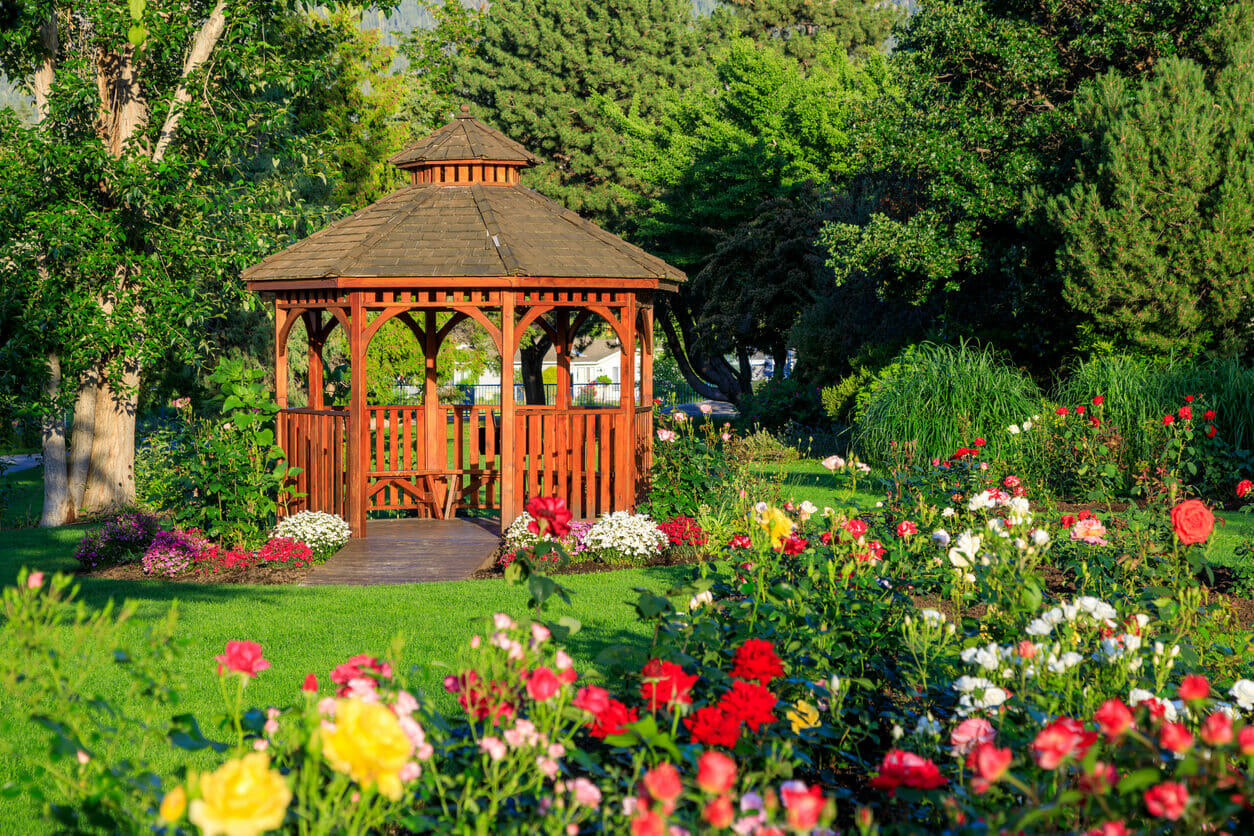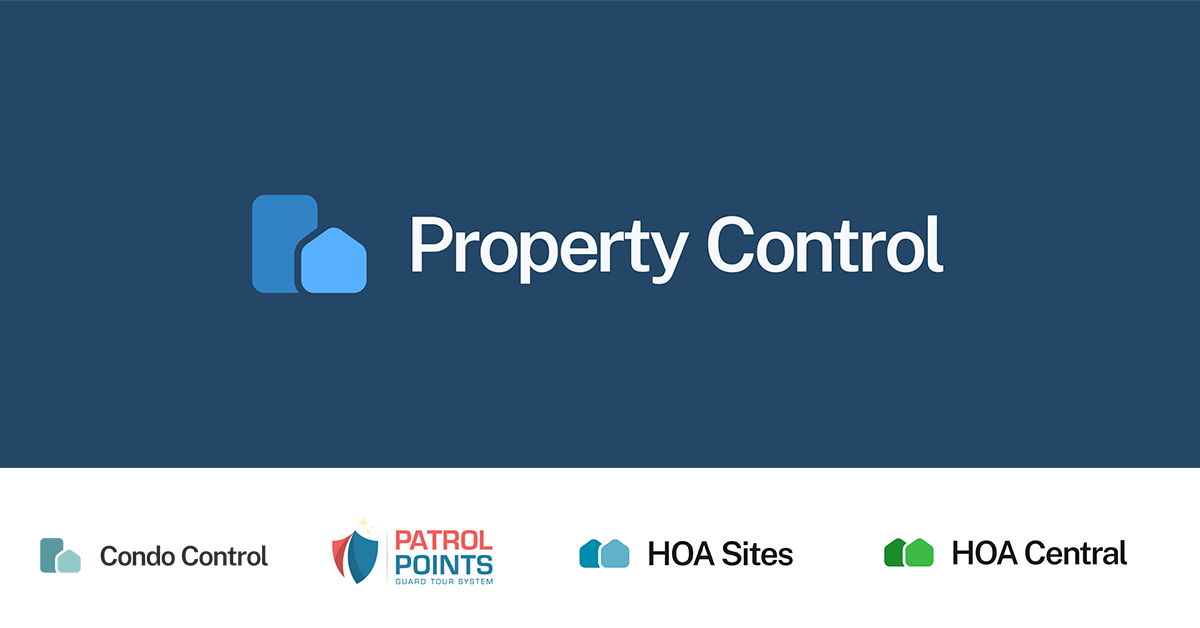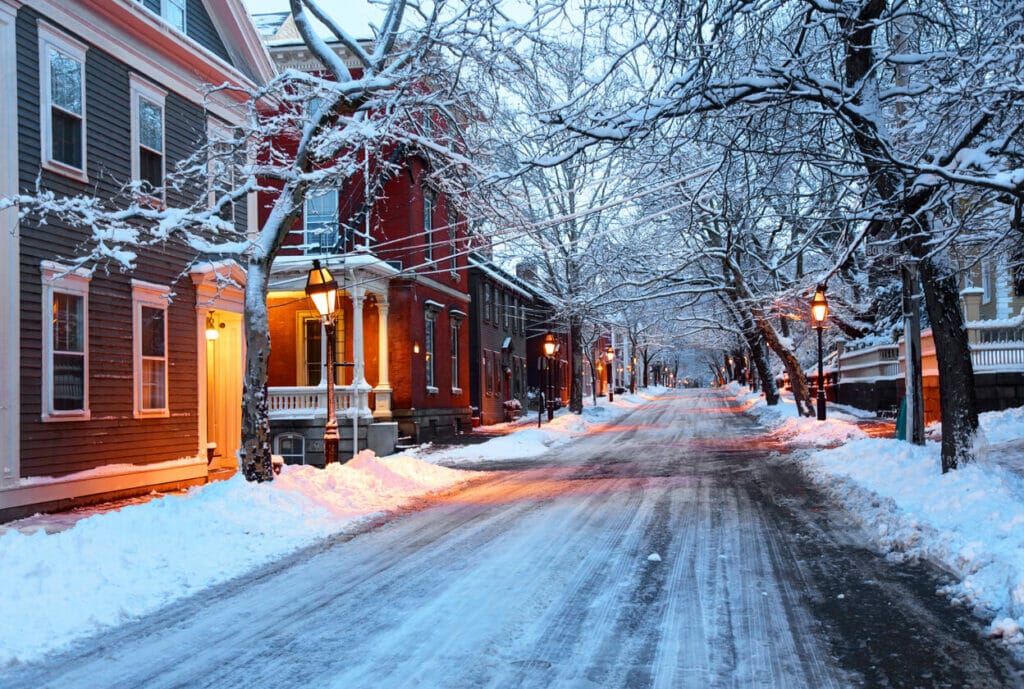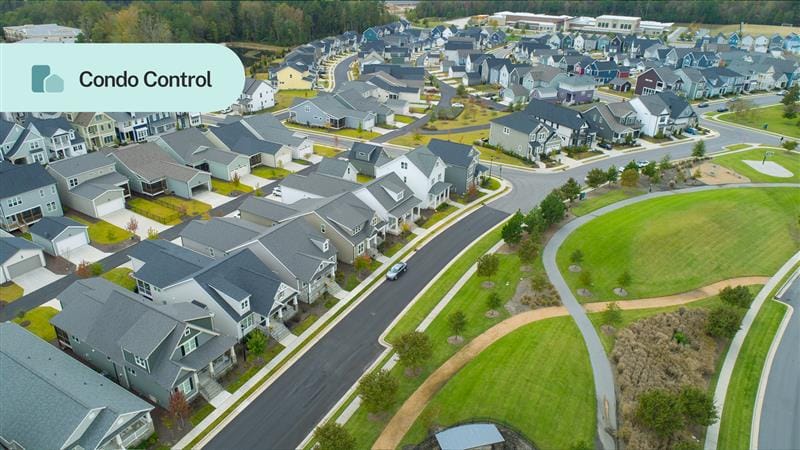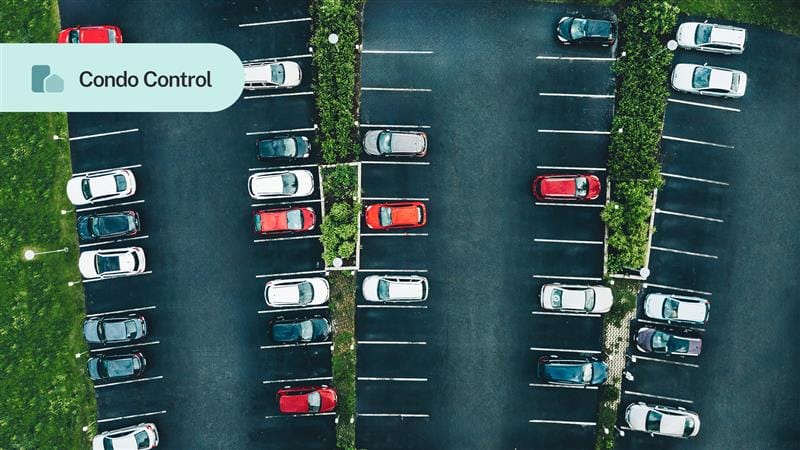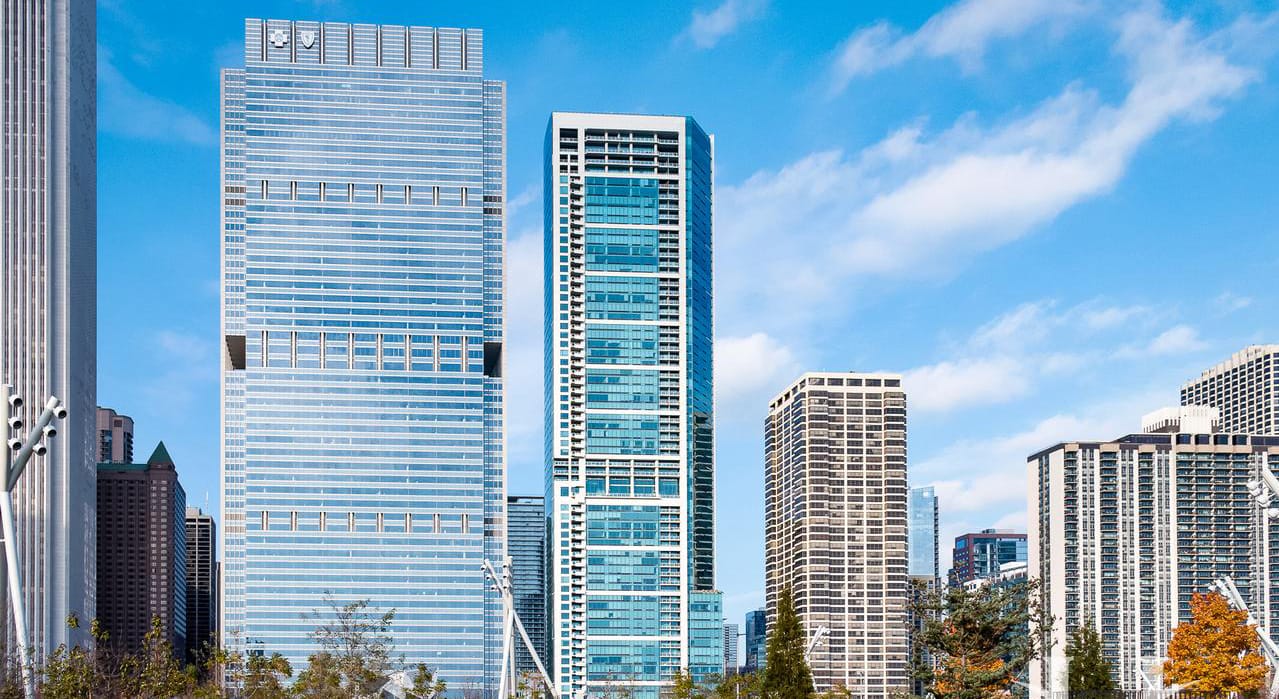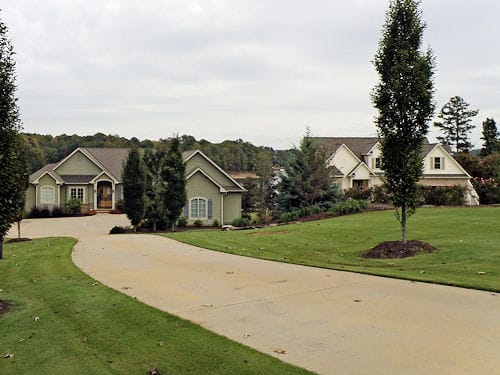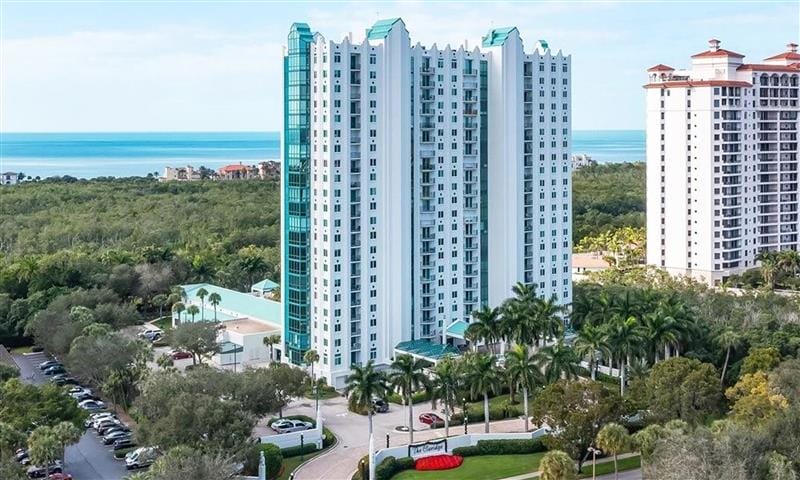Not in my backyard! Homeowners generally have the liberty to decide how to style and maintain their properties. That includes their backyards. They can make designs in their lawns, or let the grass grow long. They can transform an open greenspace into an outdoor oasis, host epic barbeque parties in the summer, and even install a hot tub to help them melt away aches and pains. Some backyard improvements even increase the resale value of the property.
But, if you live in a governed HOA community, you might have less freedom to make changes or neglect yard work, even if other members can’t see all of those weeds. Find out why HOAs can control what goes in a member’s backyard, and how owners can still add their own personal touch to their outdoor spaces.
Table of contents
- HOAs can create and enforce backyard rules
- Why do HOAs have this ability?
- Common backyard rules and regulations
- How will the HOA know when rules are broken?
- Owners can make requests to modify their backyards
HOAs can create and enforce backyard rules
It’s a disappointing reality, but HOAs can create and enforce rules that relate to backyard appearance and activity.
If the association has written rules in the governing documents, and those rules do not conflict with any state or county laws, then the board is within its right to tell you that your fence can only be a certain height or that pools are strictly prohibited.
Why do HOAs have this ability?
HOAs strive to maintain the value of the properties contained within the neighborhood, as well as create harmony and peace between owners. They make and enforce rules to help them achieve these objectives.
So, while many would argue that owners should be able to do what they want in the space behind their homes, sometimes the rules just make sense.
For example, let’s say an owner plants a big maple tree beside a fence shared by another neighbor. In the fall, many of those leaves will land in the neighbor’s yard. Since it’s not their tree, they will either complain about the mess to the association, or begrudgingly rake up the leaves and do yard work that they shouldn’t have to do.
In another scenario, an owner who works as a tradesperson decides to install a big deck on their own. Their home is now worth more than their neighbor’s. While this is great for the owner, the neighbor might have a harder time selling their property and could end up lowering the sale price, even though the deck is the only thing differentiating the two homes.
Rules help to eliminate the potential for conflict between owners, and ensure property values don’t differ too much.
That being said, it is possible for HOA members to make changes to their backyards if the board approves their requests. You can read more about architectural change requests at the end of this article.
Common backyard rules and regulations
These are some of the most common backyard rules that HOAs ask owners to follow.
Hanging clothes to dry
Many HOAs prohibit solar drying — also known as using a clothesline to dry clothes outside — because it looks messy and impacts the uniform exterior appearance of the community. However, this environmentally friendly alternative is protected under a “Right to Dry” law in several states, including Arizona, California, Florida, Hawaii, Maryland and Texas.
Pools
HOAs may have an outright ban on all types of pools. Others may forbid inground pools (due to their permanency), but will allow owners to submit a request for an above-ground pool.
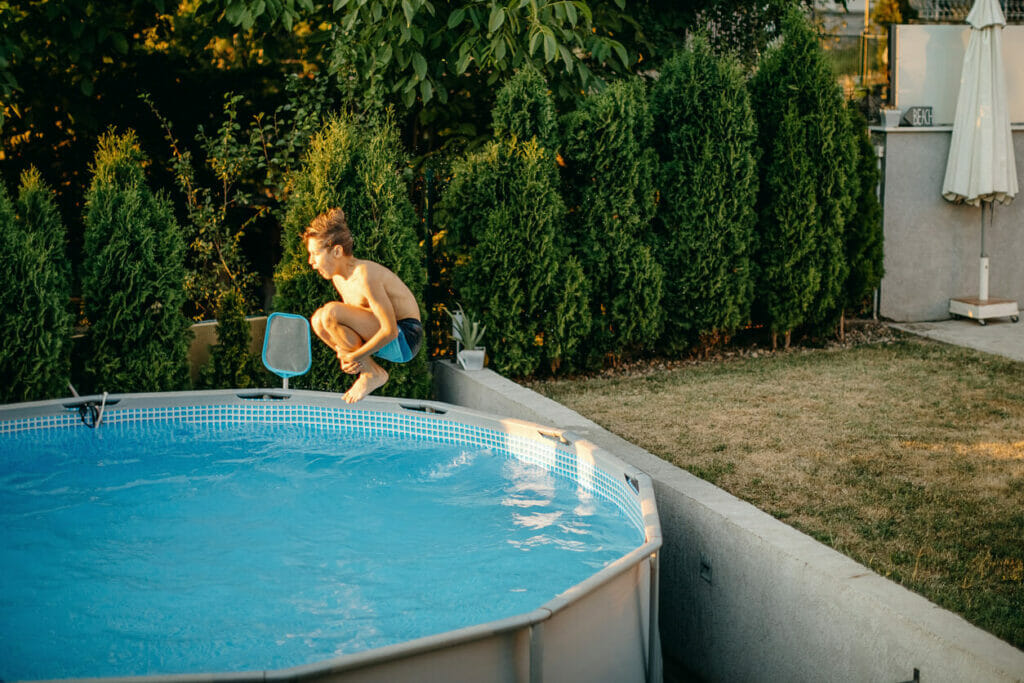
Safety is generally the biggest issue for why HOAs ban pools. Pool owners could be held liable for injury to guests and trespassers. However, the HOA may also be brought into the litigation and incur a portion of the fault if an incident occurs.
Pools can also cause significant damage to the yard. They can flood or damage property if there is a rupture or leak. Plus, the space beneath the pool always suffers.
Finally, pools require constant maintenance, and some HOAs worry that owners won’t care for them properly.
Plants
HOA communities may prohibit certain types of outdoor plants. These plants usually:
- Pose a threat to health and safety
- Are considered exotic and could disrupt the natural ecosystem
- Grow aggressively and spread into other yards
Owners may be asked to choose from a preapproved list of plants to ensure uniformity in backyard aesthetics (but this is more typical for front yards).
Trees
As great as they are for the environment, trees can be messy, which is why some HOAs don’t allow owners to plant them in their backyards. If trees are allowed, there will likely be some stipulations owners may need to agree to:
- Trees will need to be pruned often so that they do not extend into a neighboring yard
- Trees cannot restrict a neighbor’s views
- Any trees that become diseased may need to be cut down if they cannot be saved
Storage structures
Sheds, gables, mini barns, and garages may need to be approved by the board before an owner can install any of these structures. If the HOA has a committee responsible for approving requests, the members of this committee will verify that the plans meet the community’s aesthetic standards. Size, colors, materials and placement will all be considered.
Basketball hoops
Some communities do not allow basketball hoops to be erected in backyards because of noise. The pounding of the ball against the backboard (or house) can get really bothersome for other owners.
How will the HOA know when rules are broken?
Owners can always take a risk and hope that no one sees the collection of exotic flowers they just planted by their back door. And in most cases, HOAs cannot conduct backyard inspections without permission from owners. But, people who violate backyard rules may get caught in the following ways:
A neighbor sees the violation
Neighbors are often the ones to spot and report these types of violations. They may have a partial view of the owner’s backyard, and will definitely notice a pool or shed.
Once reported, the HOA has a duty to investigate. Note that an HOA can take pictures of home exteriors for documentative purposes. In most cases, management (or whoever is responsible for following up on rules) can’t enter your backyard, but the neighbor who spotted the violation may invite them onto their property so they can get photographic evidence.
Google Maps
Believe it or not, HOAs have used Google Maps/Street View to inspect backyards. Using this tool isn’t illegal since anyone can access these views, but owners won’t be thrilled to learn that the association is checking up on their yards through Google.
Drones
This is still a grey area, but HOAs could use drones as part of their inspection and enforcement processes.
Using Florida as an example, state laws do not explicitly prohibit drone use for HOA inspection purposes. Furthermore, state and county courts generally provide protections to HOAs enforcing bylaws and covenants.
However, there may be some instances where an owner’s right to privacy supersedes the rights of an HOA to inspect.
Associations that plan to make drones part of their enforcement strategy should consider being transparent with owners taking proactive measures before a fly-by inspection commences. Obtaining written permission for drone inspections, incorporating notice protocols in the governing documents, and defining the scope of drone inspections within the governing documents are all actions that will help to prevent disputes between the association and members in the future.
It’s also a wise idea to speak with a lawyer first before using drones to enforce rules. Find out about risks, obligations, and any privacy laws that the association will need to consider before doing fly-by inspections. The community may need to adopt a drone policy so that it is clear to all how the device can and cannot be used.
Owners can make requests to modify their backyards
HOAs do make it harder for owners to get creative with their backyard spaces. But that doesn’t mean they can’t ever make changes or upgrades.
If owners want to build a deck, plant a garden or change a fence, they can request to do so by submitting a formal written request to the association. This is often referred to as an architectural change request.
Requests may be reviewed by a committee or management, but it is ultimately up to the board to make a final decision. Approvals should be made based on clear written standards that take the community’s governing documents into consideration.
If an application is not approved, the applicant should be informed of the decision (in writing), and should also receive an explanation as to why the application was not approved. The board or committee should also describe the procedure through which the owner may request reconsideration of the decision by the board.
Rather than outright refusing the request, boards may consider creating acceptable alternatives for owners to choose from. This will make the approval process easier for the board, and it will make most owners happier, too.
Conclusion
Unfortunately, HOAs do have some say about what owners can and can’t do in their own backyards. While these rules aren’t always popular, there are good reasons why communities enforce them.
On a final note, owners should remember that the rules can be changed with enough support from HOA members. If a rule no longer makes sense, then maybe it’s time to amend it.
